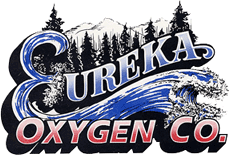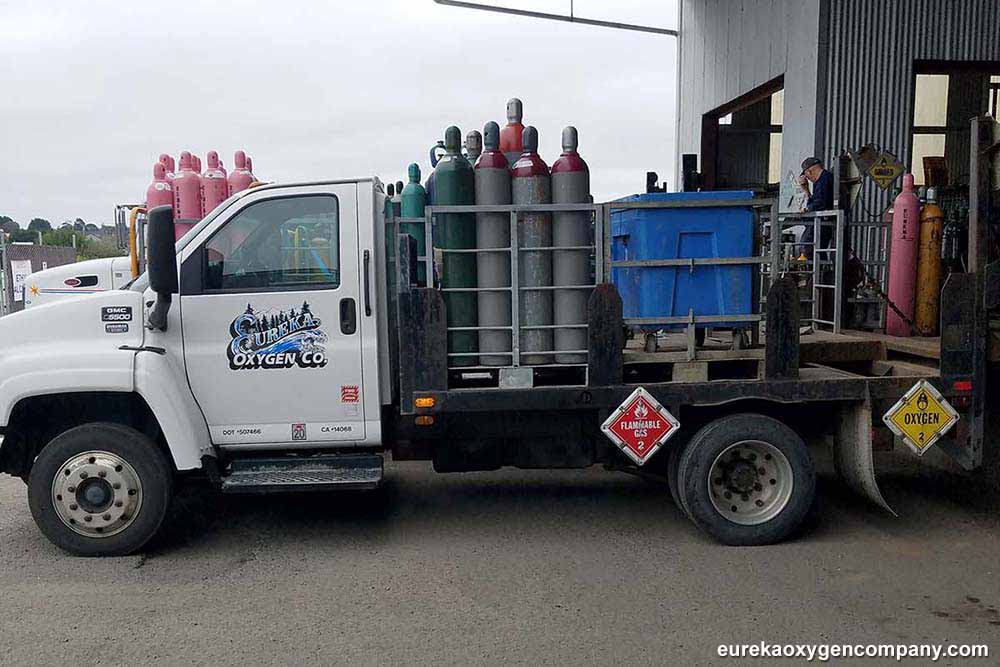Assessing Hazards
The first component of impactful gas safety education is assessing the potential hazards relevant to your facility. Conduct a risk analysis of the gases utilized on site and the procedures involved. Flammable gases have a risk of ignition and explosion, while toxic varieties can cause chemical exposures. Asphyxiant gases like nitrogen displace oxygen, leading to suffocation hazards in confined spaces. All gases are stored under high pressure, creating additional risks if cylinders rupture or valves fail. Once you categorize the types of gases on site and the associated dangers, training can focus on critical controls and protocols.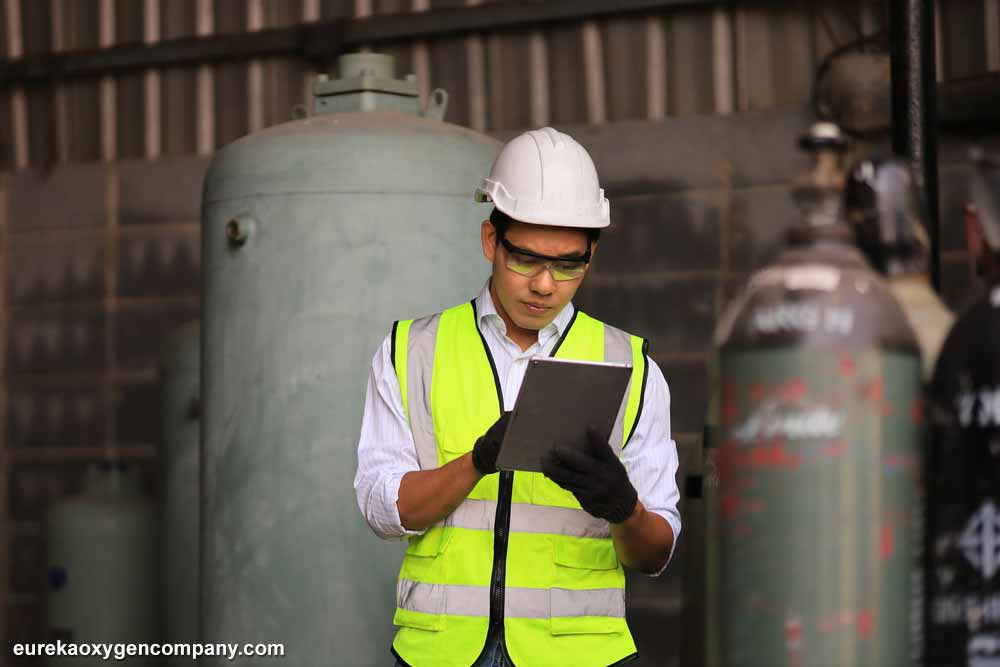
Safety Data Sheets
Provide safety data sheets (SDS) for all gases used on site and mandate that employees review them thoroughly. SDS documents detail the characteristics, health hazards, handling precautions, storage requirements, and emergency response measures. Familiarizing personnel with this information is foundational for safe handling, as they will understand the properties and risks before physically working with the gas. Highlight critical data like flammability limits, exposure thresholds, cylinder pressure, emergency contact numbers, and first aid instructions.
Compressed Gas Cylinder Handling
Because gases are stored in high-pressure cylinders, training must cover cylinder inspection, transport, storage, and connection protocols. Employees should visually inspect each cylinder before use, looking for dents, rust, bulges, or leaks that can indicate damage. Teach proper lifting techniques like keeping the back straight and lifting with the legs to prevent muscle strains. Cylinders should be moved using hand trucks and individually secured upright.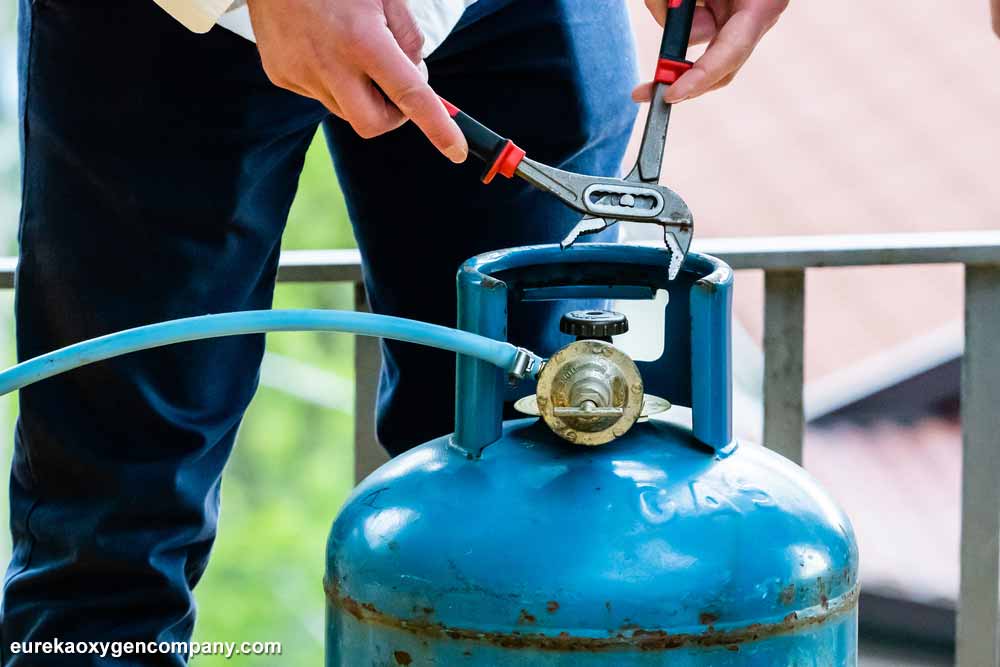
Demonstrate how to safely connect regulators and hoses using the proper fittings while avoiding grease or oils that can react with gases. Finally, review compatible storage arrangements that separate flammables from oxidizers.
Piping System Safety
Beyond cylinders, training should address handling gases in piped distribution systems. Before equipment maintenance, employees must understand how to isolate sections, purge lines, and vent pressure. Using approved leak spray or gas detectors, they should be competent at leak-checking fittings, tubing, and joints. If flammable gases are present, ensuring proper grounding and electrical area classifications is vital to prevent ignition sources. Personnel must also know how to properly clean, inspect, and reassemble gas system components according to manufacturer specifications.
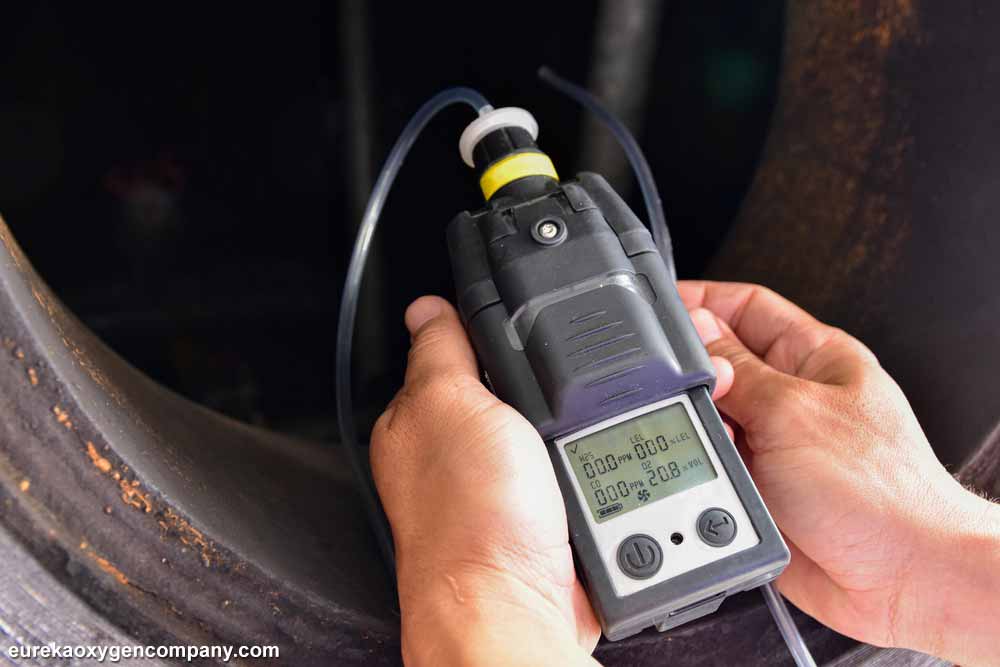
Emergency Response Preparedness
Even with preventive measures, the potential for gas leaks, fires, or cylinder damage exists. Training must encompass emergency response preparedness, so personnel understand how to react. Review evacuation procedures, routes, extinguishing systems, personal protective equipment locations, and assembly points. Ensure Safety Data Sheets are accessible for first responders. Define protocols for ventilation, containment, and shutting off gas sources. Conduct simulated scenarios and drills, so employees develop confidence and competence if actual emergencies strike.
Refresher Training
While initial training establishes a baseline of knowledge, regular refresher training ensures retention and updated understanding. Revisit gas safety protocols at least annually, focusing on areas of frequent deficiency or non-compliance observed on the job. Retrain personnel on proper use of gas leak detectors, fittings and connections, cylinder handling, and response preparedness. Update them on any Safety Data Sheets, equipment, or procedures revisions. Ongoing education demonstrates the priority your company places on gas safety competence.
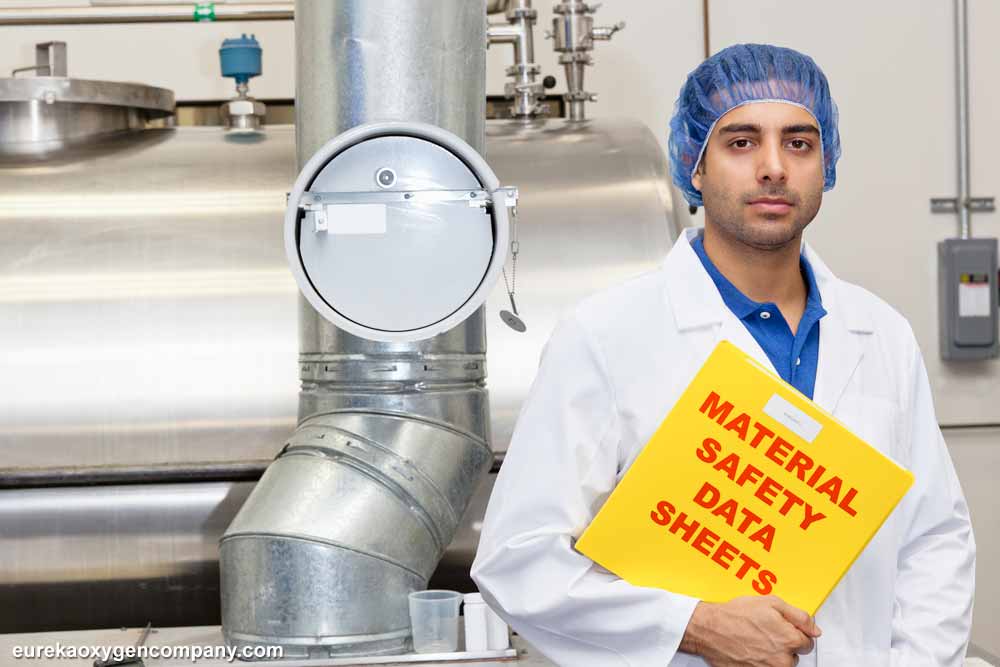
Certification
Consider requiring personnel who work extensively with industrial gases to pursue formal certification. Programs through entities like the Compressed Gas Association provide accredited instruction on safety principles. Certification validates a higher degree of applied knowledge. It also shows employees you are invested in their professional development and safety career path. Some insurance companies may offer discounts on policies for gas cylinder operations if a percentage of staff are certified.
Maintaining diligent gas safety training procedures ensures the highest levels of staff competence in handling gases and operating compressed gas systems safely. Protect your employees and facility by prioritizing education before any gas-related work begins. Contact safety consultants or training firms to deliver optimized instruction that sticks. When staff are confident in their skills and knowledge, gases can be managed securely, incidents are avoided, and productivity will improve. Investing in robust training now delivers significant dividends through enhanced gas safety.
All gas safety concerns should be urgent. The safety pros at Eureka Oxygen would be happy to guide you in implementing safe transport, use, and storage solutions for your compressed gas needs. Contact us today to speak to one of our experts. Eureka Oxygen is a leading provider of a variety of industrial gasses, including propane and isobutane. We are also a vendor of welding equipment, and welding supplies, along with other diverse industrial equipment.
